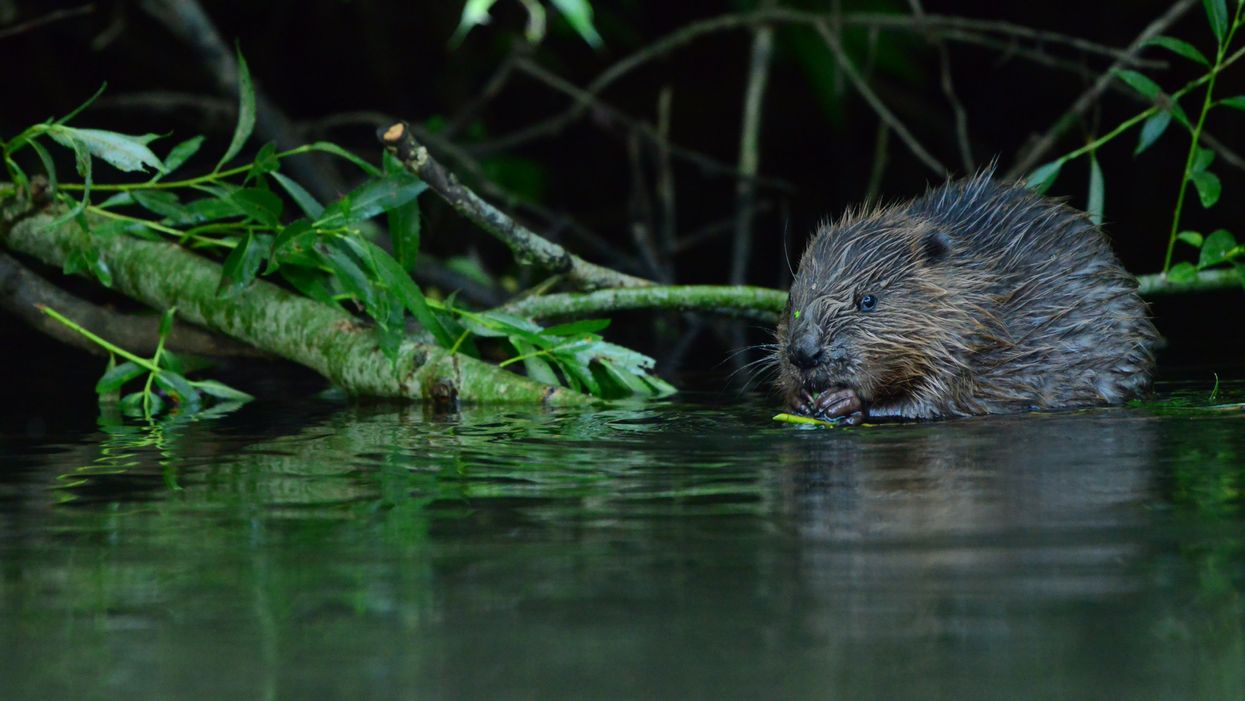
Beavers have been found living wild in the Avon catchment, as the long-vanished mammal continues its comeback to England
Avon Wildlife Trust said monitoring had revealed three generations of beavers in the catchment, in the Bristol and Bath area, including three babies, or kits, born this year.
It marks the return of the species to the area after 400 years, and showed they were expanding their range naturally, the wildlife charity said.
Beavers are seen as nature engineers who restore wetland habitats through dam-building and felling trees, slowing, storing and filtering water in the landscape, which attracts other wildlife and reduces flooding downstream.
The species was hunted to extinction in Britain in the 16th century for its fur, glands and meat.
But beavers are returning to England, and are found wild on the River Otter in Devon, the site of a successful official trial reintroduction, as well as on other rivers due to illegal releases or escapes.
They have also been introduced into enclosures in a number of English counties to help manage flooding and create habitat for other wildlife.
Government plans are set to give them legal protection in England, and ministers are consulting on allowing applications to release them into the wild under certain criteria.
Amy Coulthard, director of nature’s recovery at Avon Wildlife Trust, said: “A new sighting of wild beavers is extremely significant.
“Beavers are a keystone species and they have an extraordinary ability to change habitats to suit their needs while creating ecosystems for other species to thrive.
“The presence of this beaver population will support other wildlife and help us to tackle the ecological emergency.”
She said the origins of the beavers were a mystery, with possibilities including a release that occurred in the early 2000s on the Somerset-Avon border, or even the well-known wild population in Devon.
Ms Coulthard said: “We started receiving sightings two years ago, and our subsequent monitoring told us there are three generations of beavers living on the riverbank.
“This suggests they have been happily co-existing alongside humans for some years.”
Avon Wildlife Trust has launched a 30 by 30 appeal to raise £30,000 to help ensure at least 30% of land and sea is protected for wildlife.
It said money raised through the appeal will go towards nature recovery projects such as the Avon beavers and the newly appointed beaver management group of various organisations.
The group will monitor the beavers and work with landowners in the catchment to manage the impact of the animals and maximise the benefits they can bring.
Ms Coulthard said the plan was to come up with a comprehensive management strategy for the animals, and that adjustments made to help them, such as creating space around water courses, could help other wildlife, improve water quality and reduce flooding.
She called on Government support for landowners to help them and compensate them for any changes that needed to be made.















